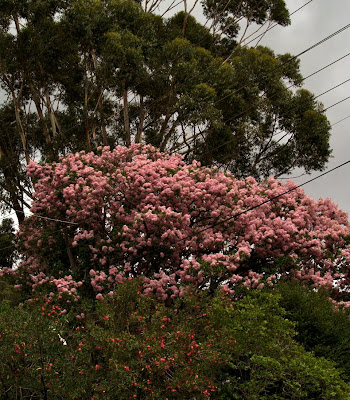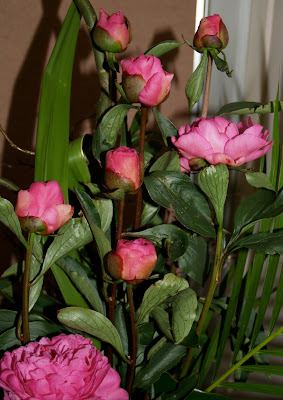This arrangement was on display at a recent flower show and was submitted by the eleven year old granddaughter of a friend. I thought it was really neat and showed a great deal of flair and imagination. Simplicity is sometimes the key to making a brilliant statement.
The Ginkgo tree is much revered in China and Japan and is grown throughout the world as a 'living fossil' and a link to our ancient past. It is one of my favourite trees especially in autumn when the leaves turn a wonderful butter yellow colour.
The Ginkgo tree is much revered in China and Japan and is grown throughout the world as a 'living fossil' and a link to our ancient past. It is one of my favourite trees especially in autumn when the leaves turn a wonderful butter yellow colour.





.jpg)







